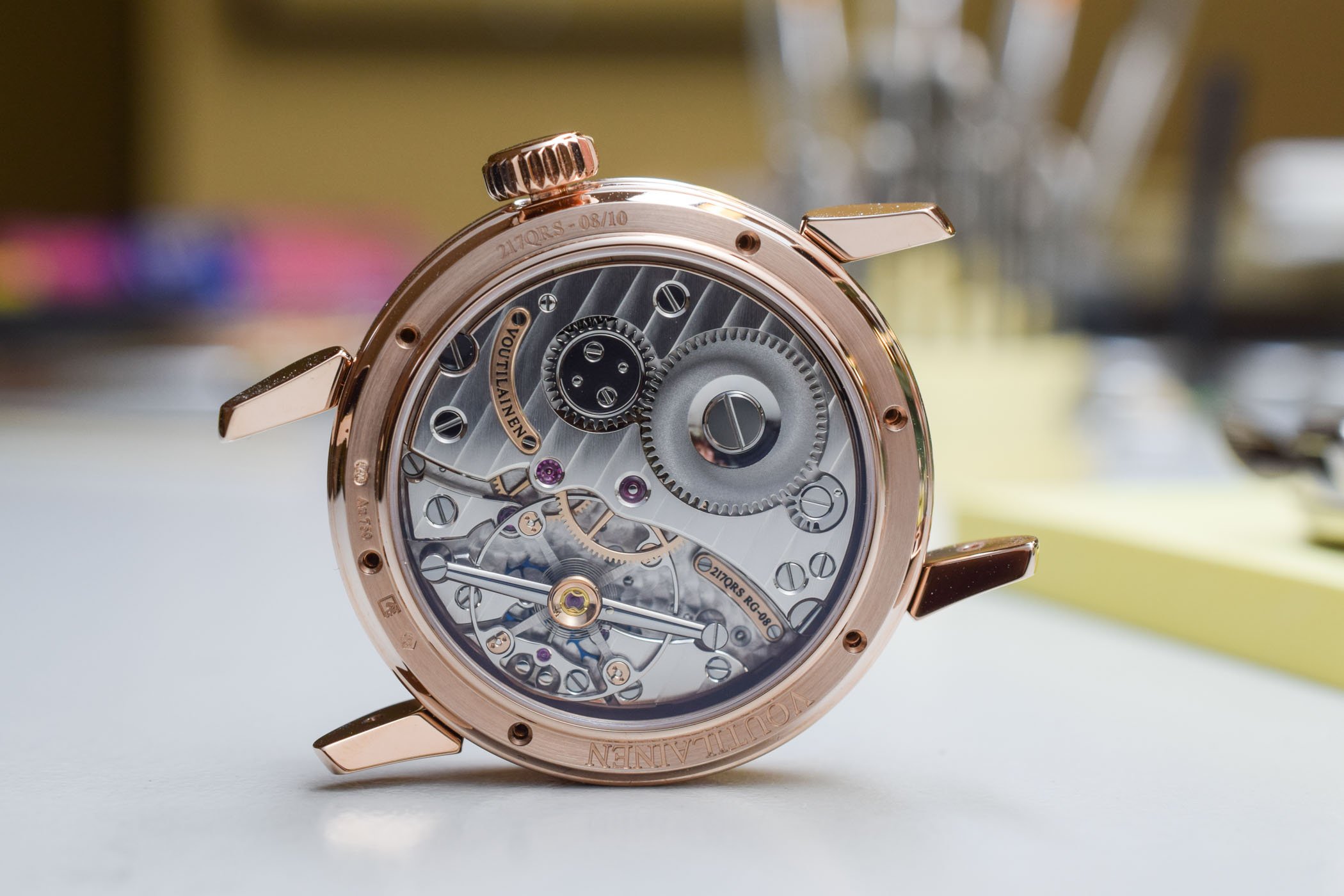All you Need To Know About Finishing and Decoration in Watchmaking
A guide to enjoy the smallest details of a movement.

After looking back at our guide on chronographs, explaining some of the finest details explaining how this type of watch actually works, it is time for our “rewind” column to look at another important, technical topic: finishing and decoration in watchmaking. How to explain the difference between a luxury watch and an ultra-desirable, yet often inaccessible high-end watch. Besides the technical content of a movement and the use of precious materials, one of the main reasons for the higher price of an Haute Horlogerie watch often lies in its decoration and the fact that the finishing of its movement has been done by hand. So it is time to look back at most of the finishing and decoration techniques that can be applied to the parts of a watch calibre.

In this article, which is part of our “A Technical Perspective” series, our technical editor Xavier (a still-young veteran of the watch industry) looks back at the main techniques used to finish and decorate a movement. What is an anglage? How are Geneva stripes performed? Is there a reason behind the black polish of the parts? Why are screws often decorated in a deep blue colour? And how to spot the difference between a luxury watch mostly finished by machine, and a true Haute Horlogerie timepiece decorated thanks to the trained hands of watchmakers? All of these questions are answered in our episode of “A Technical Perspective” dedicated to decoration and finishing.
Read here “A Technical Perspective – All you want to know about Finishing in Haute Horlogerie”




4 responses
Link to article is broken:
Sorry, you are not allowed to preview drafts.
The link does not work. I am redirected to a draft page.
It’s fixed now, sorry for the inconvenience!
Good read. The movement that ticks all the boxes for me, and rises above almost anything else thanks in part to its wonderful architecture, but mainly due to the difficulty of finishing the stainless steel bridges, is Gronefeld’s 1941 Remontoire.